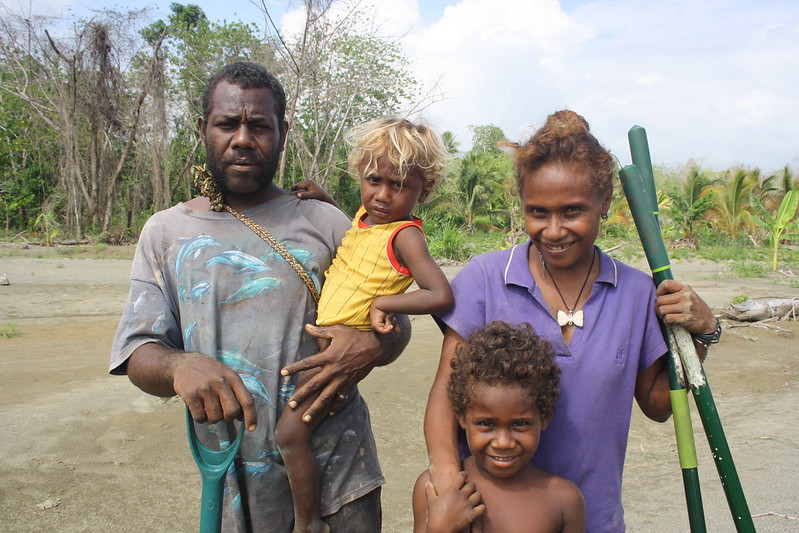 The Solomon Islands, an archipelago nation in the South Pacific with more than 700,000 people, faces unique energy challenges due to its geographical spread and reliance on imported fossil fuels. To tackle these ongoing issues, renewable energy in the Soloman Islands is expanding, by signing and aligning with international climate goals such as the Paris Agreement.
The Solomon Islands, an archipelago nation in the South Pacific with more than 700,000 people, faces unique energy challenges due to its geographical spread and reliance on imported fossil fuels. To tackle these ongoing issues, renewable energy in the Soloman Islands is expanding, by signing and aligning with international climate goals such as the Paris Agreement.
Current Renewable Energy Landscape
The Solomon Islands relies heavily on diesel generators, with approximately 80% of its electricity coming from fossil fuels. Hydropower has played a role in the country’s renewable energy sector, with the Lungga Hydropower Station near the capital, Honiara, serving as the primary source of renewable electricity. However, the country seeks to diversify its energy mix to reduce costs, increase sustainability and enhance energy security.
Future Renewable Energy Potential
The Solomon Islands government aims to increase the share of renewable energy in its national energy mix to a target of 100% by 2030. Solar power presents one of the most promising opportunities, given the country’s tropical climate and consistent year-round sunlight. Additionally, the newly launched Tina River Hydropower Project is expected to cut greenhouse gas emissions by 49,500 tons annually, significantly reducing the country’s reliance on fossil fuels. The government is also promoting community-based biomass projects to meet energy needs while encouraging sustainable land use practices.
The Role of Coconut Oil in Energy Production
In a unique renewable energy initiative, the Asian Development Bank (ADB) partnered with Solomon Power to explore coconut oil as an alternative to diesel fuel. The trial involved running a generator on locally produced coconut oil, with a contract supplying 1,000 liters per week. This not only provided a steady income for coconut farmers but also demonstrated the potential for coconut oil to become a viable renewable energy source. Expanding this initiative could enhance energy security while creating new economic opportunities in the agricultural sector.
Challenges and Opportunities
Despite progress, the Solomon Islands faces challenges in expanding its renewable energy sector. The geographical dispersion of islands makes energy infrastructure development costly and logistically complex. Additionally, securing financing for large-scale projects remains a hurdle for the nation and the country currently has some of the highest electricity costs in the world. Additionally, if coconut oil emerges as a major fuel source, it will require substantial investments in coconut farming, including replanting initiatives and enhanced quality control measures. The Solomon Islands needs to focus on a transition to reduce its dependence on fossil fuels to advance its energy goals and contribute to global sustainability efforts.
Renewable energy in the Soloman Islands stands at a pivotal moment in its transition. Expanding renewable energy sources could reduce dependence on fossil fuels, lower energy costs and contribute to global sustainability goals. With ongoing investments in hydropower, solar energy and innovative biofuel solutions, the country is positioning itself as a leader in sustainable energy development in the Pacific region.
– Avery Hazard
Avery is based in Segovia, Spain and focuses on Technology and Solutions for The Borgen Project.
Photo: Flickr

 For five years, from 1998 to 2003,
For five years, from 1998 to 2003,